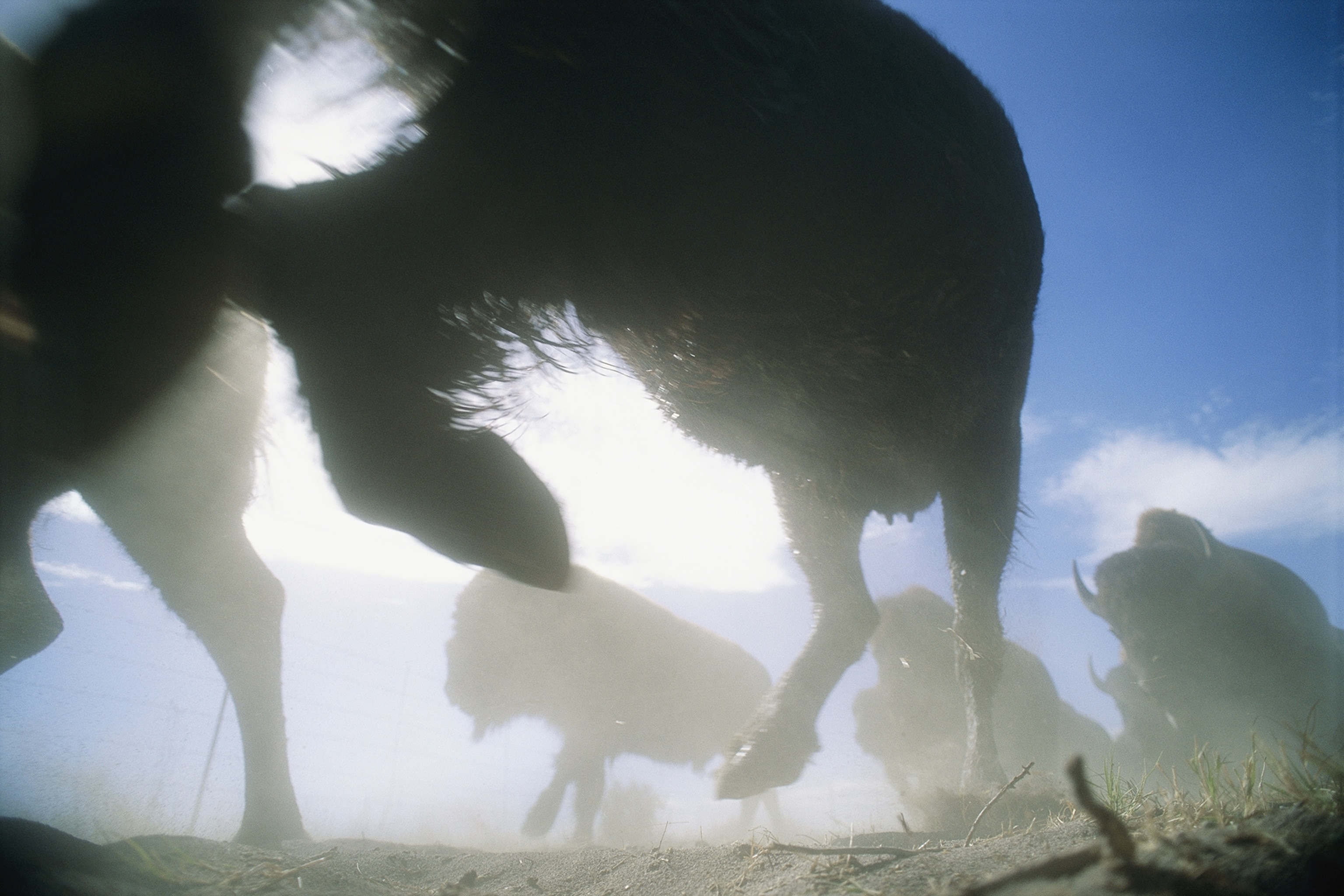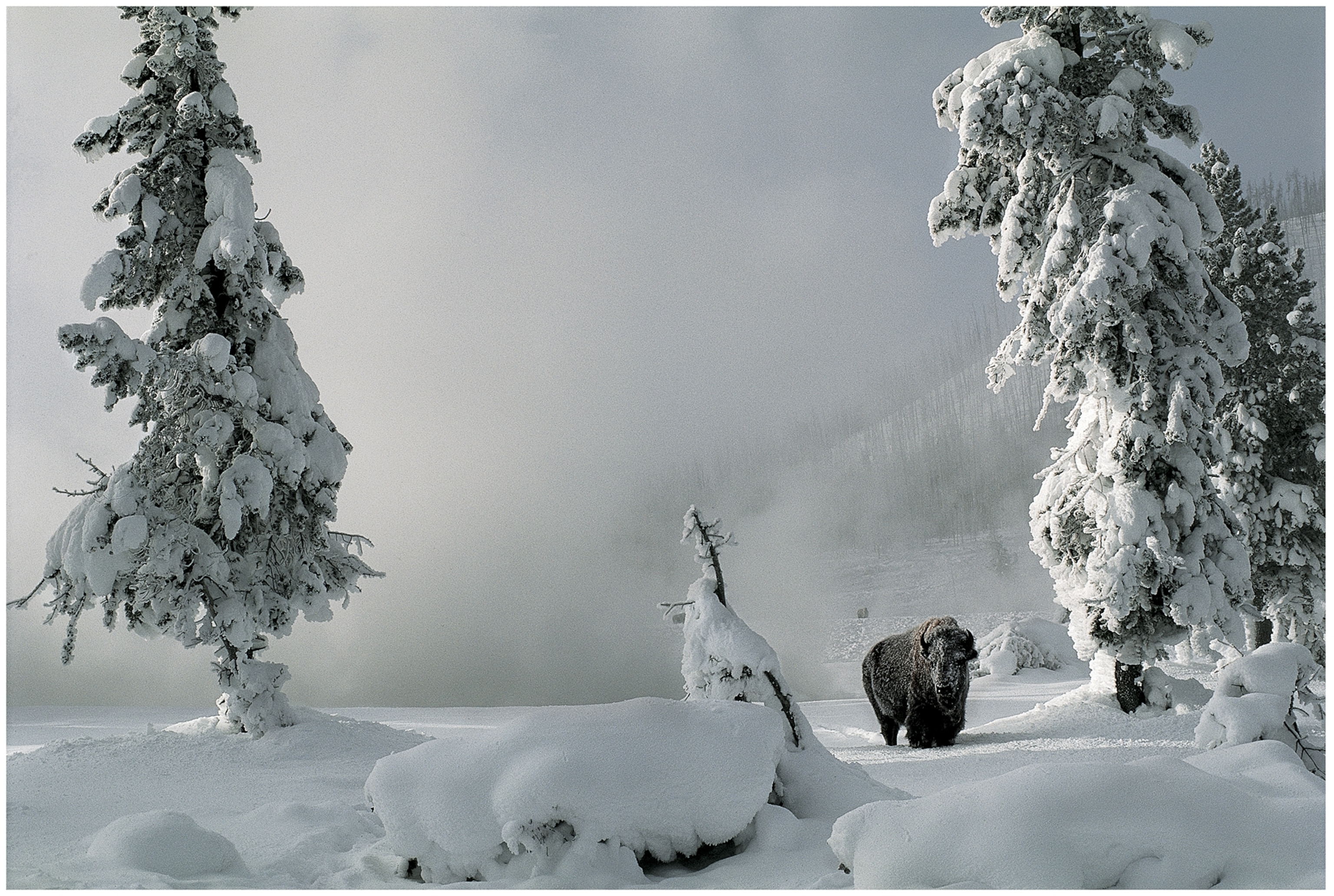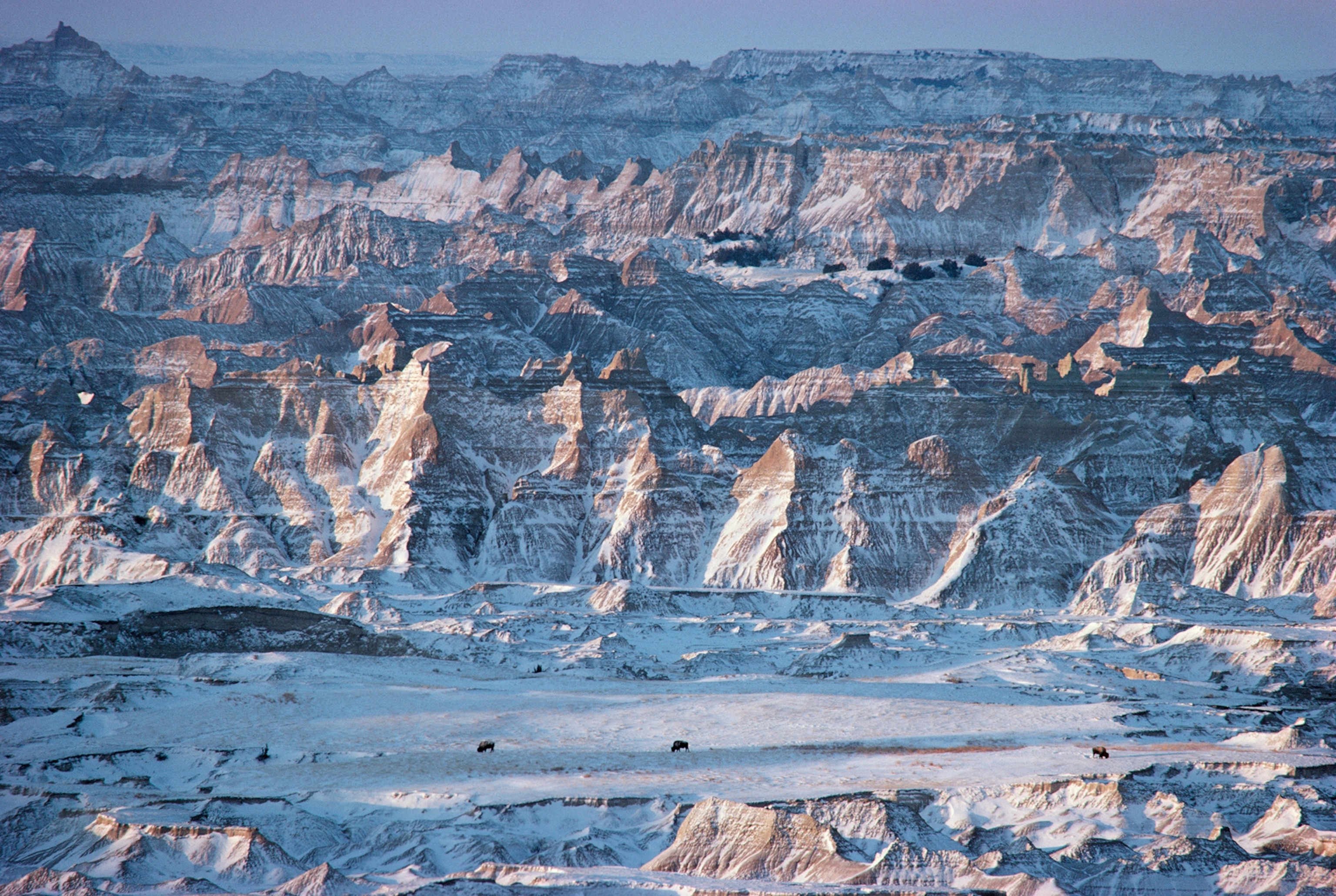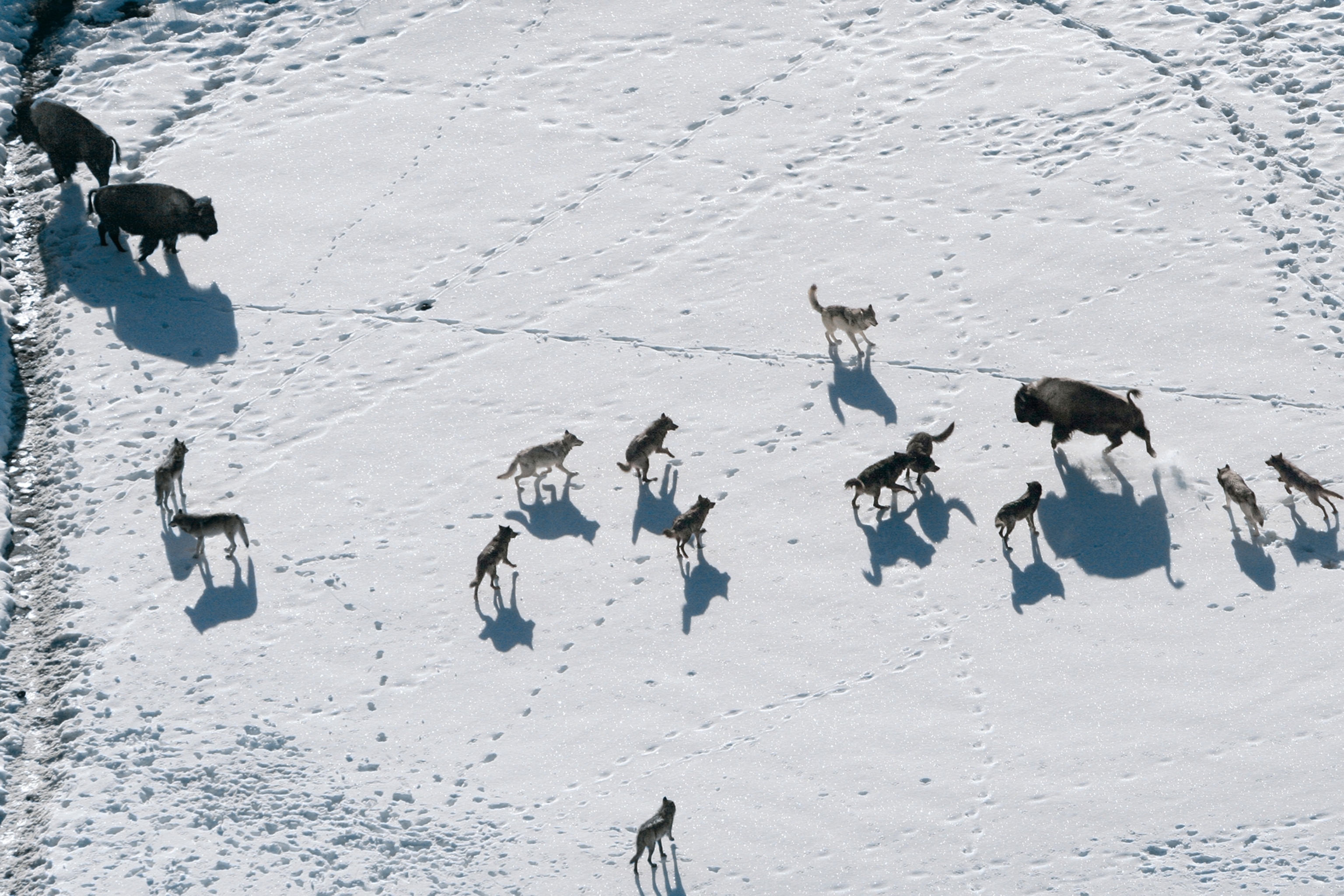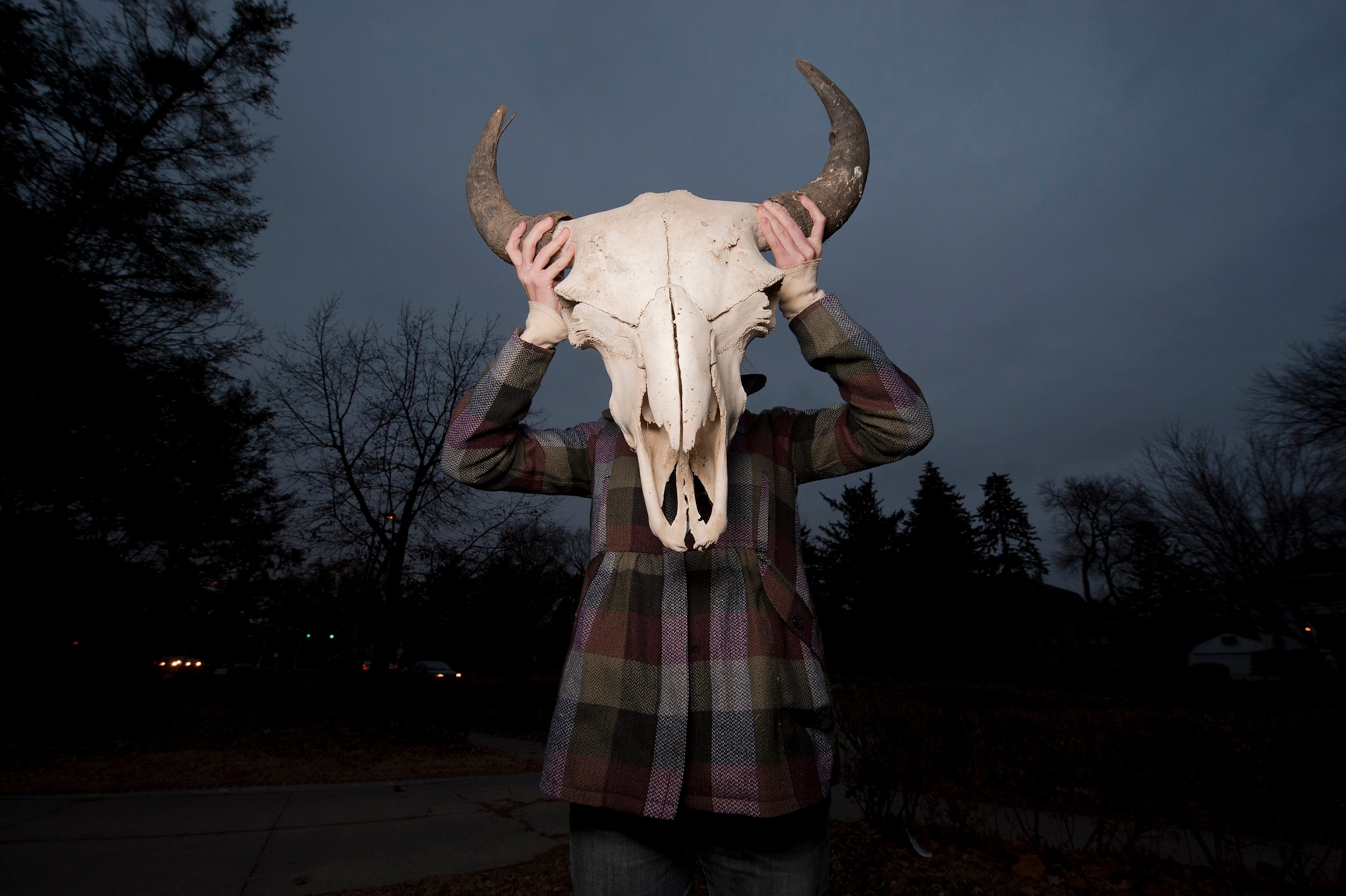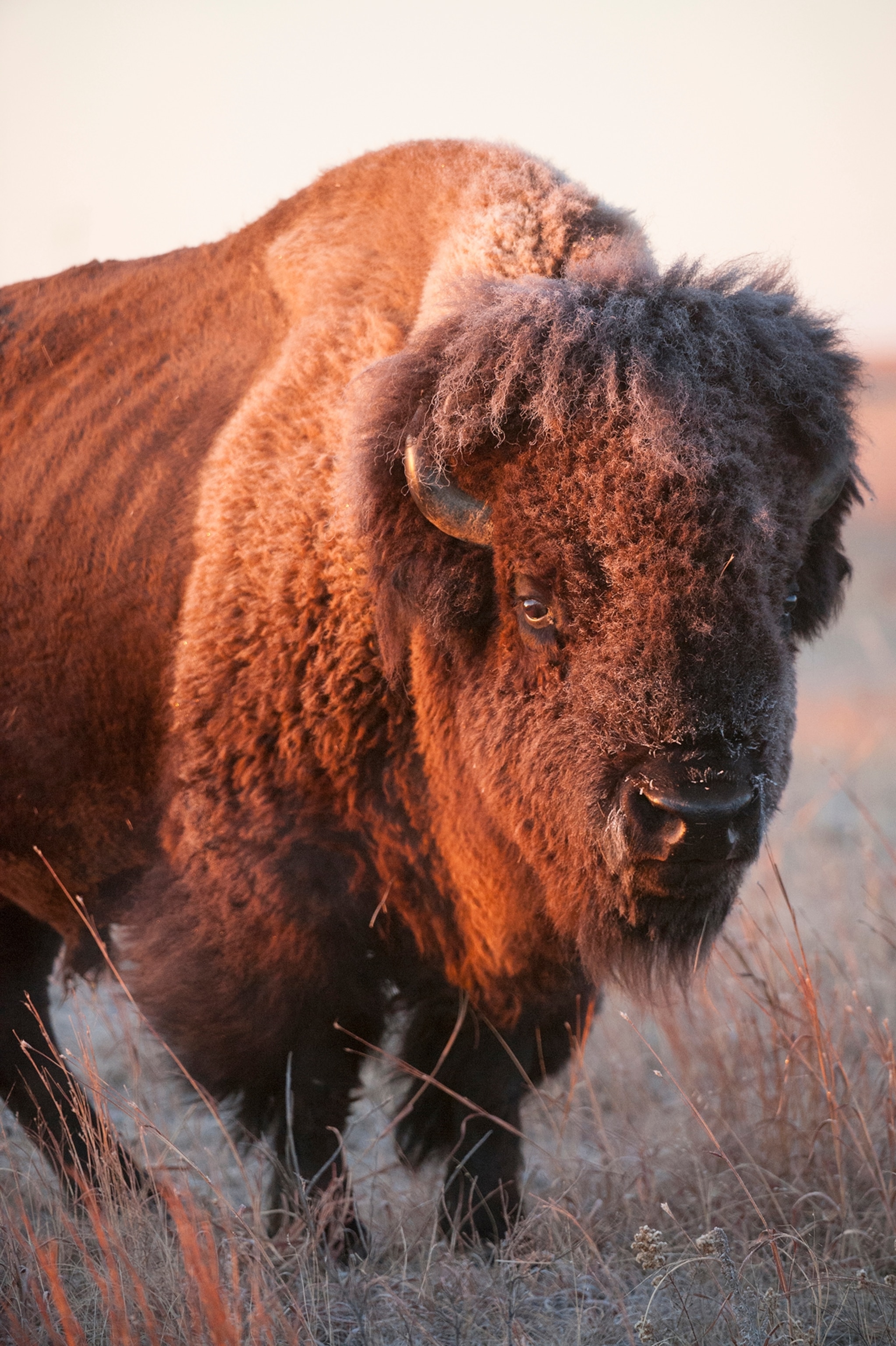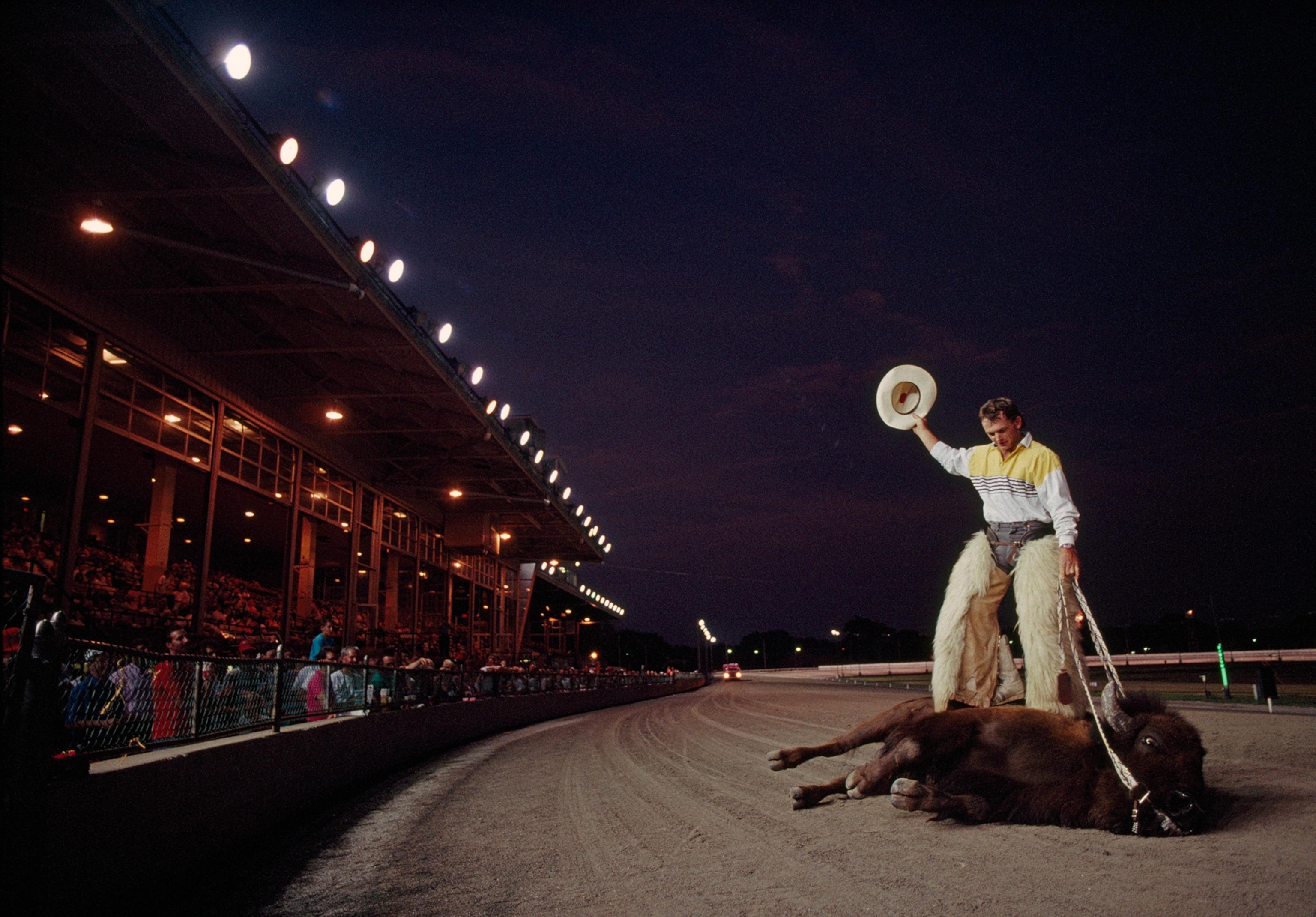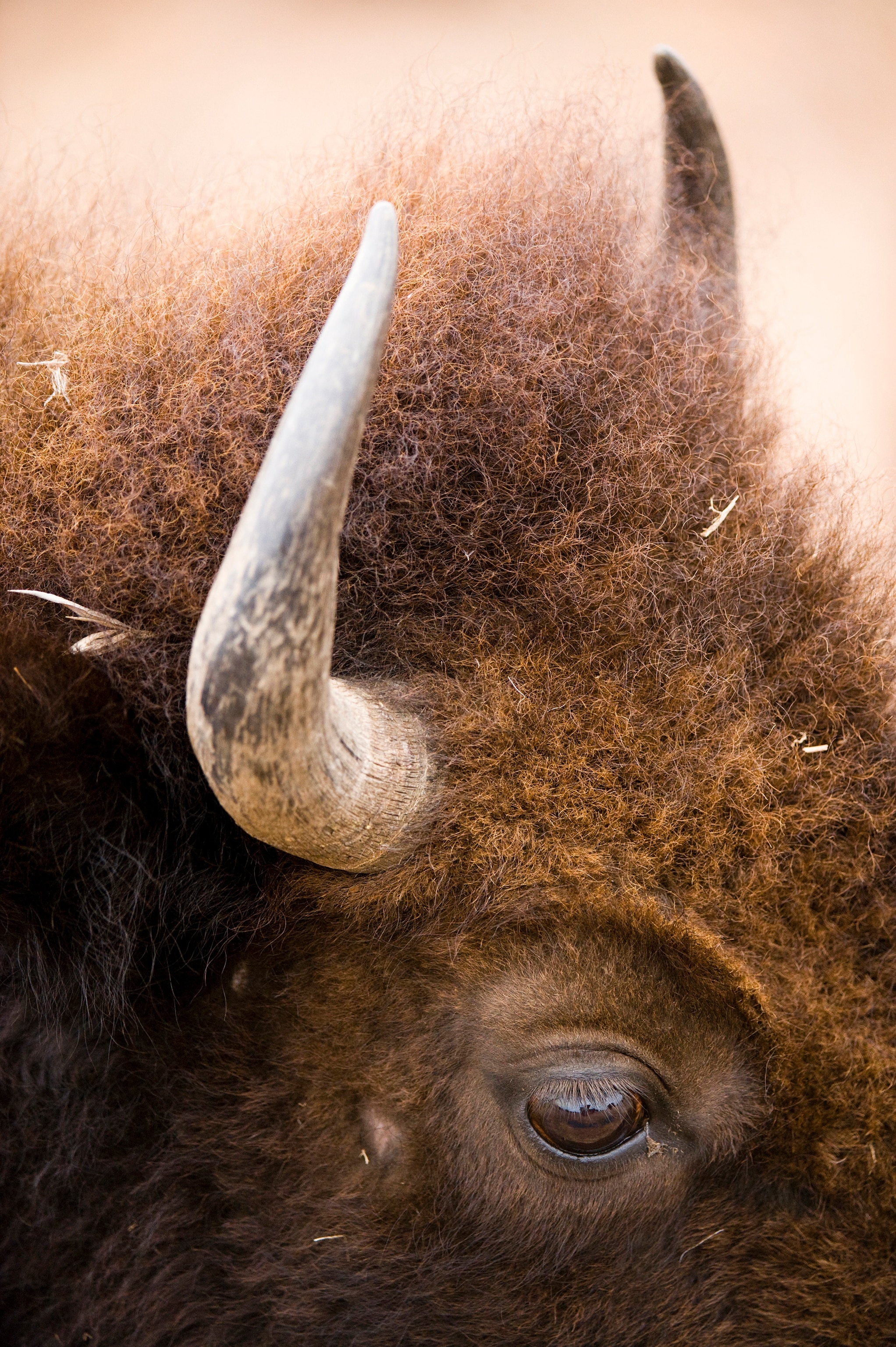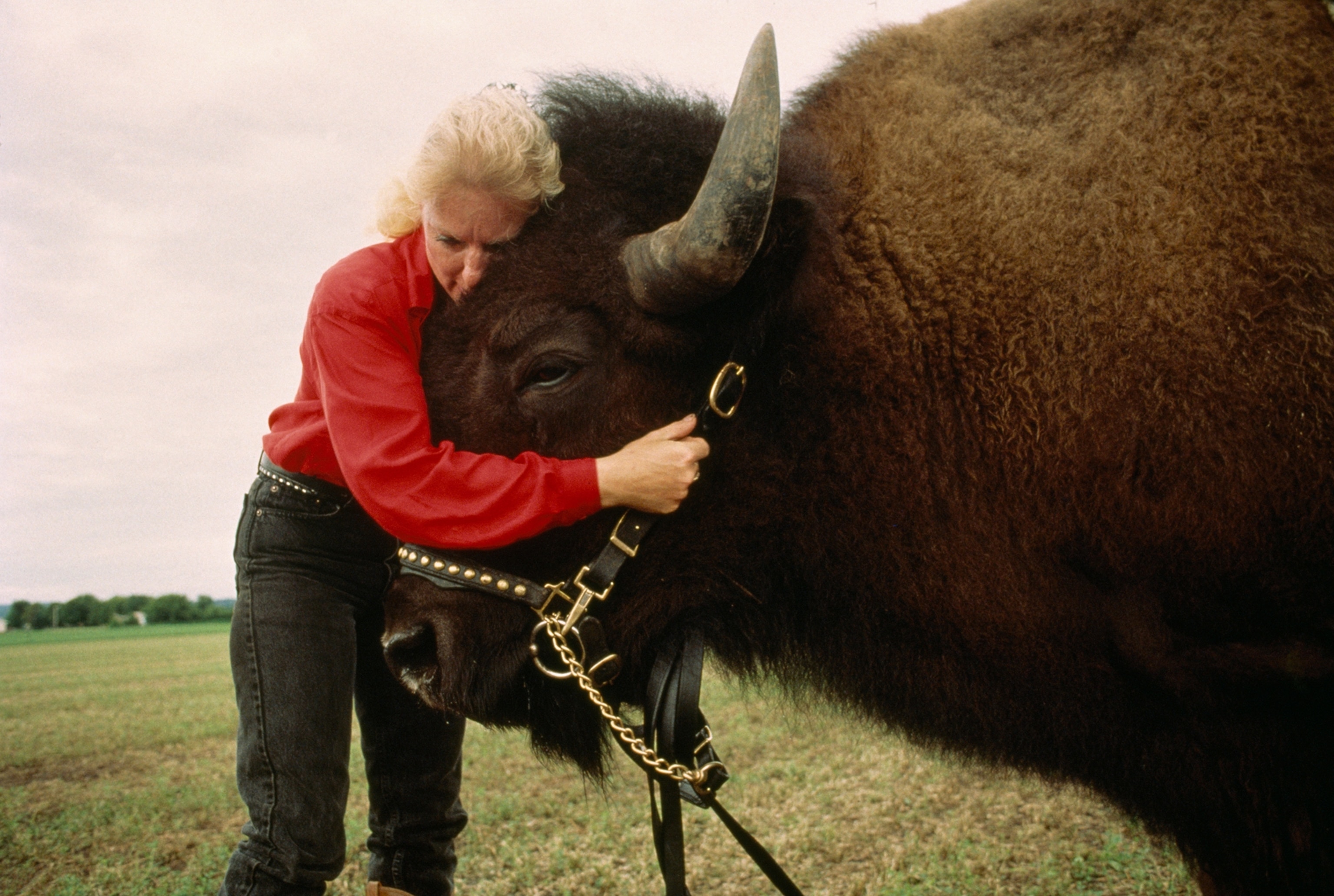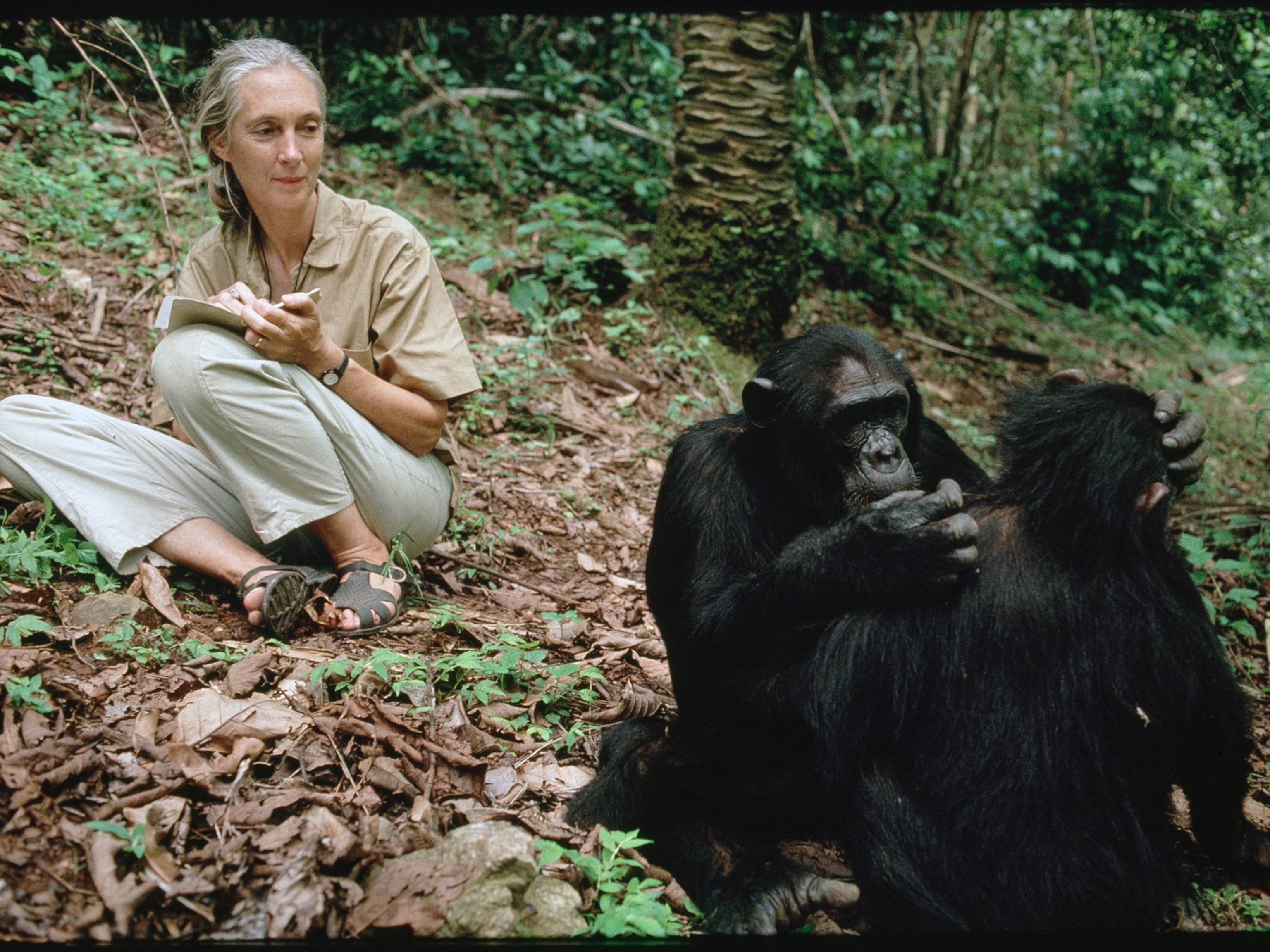American symbol: National Geographic’s best bison pictures
To celebrate bison, we choose some of our most stunning pictures of the large mammal, treasured in Native American and U.S. history.
Just a few hundred years ago, between 30 and 60 million American bison (Bison bison) roamed the Great Plains. Their herds were said to be so great that it took six days for a rider to pass through.
Many people use the words “bison” and “buffalo” interchangeably, but this isn’t technically correct. While both animals belong to the Bovidae family, “buffalo” refers to animals such as the African Cape buffalo and Asian water buffalo. When European settlers first saw American bison, they named it “bufello,” and the misnomer stuck.
It only took a few decades of intense hunting and fur trading to lay the herds low. Bison hunting became so popular in the 19th century that some big game hunters couldn’t even be bothered to leave the comfort of their railroad cars—shooting the animals from the windows instead. By 1900, there were fewer than a thousand bison left on the continent.
In recent decades, conservationists have been working to bring bison back. Today are there about 500,000, with many on private preserves and ranches, where they’re raised for meat. The U.S. Department of the Interior supports about 11,000 wild plains bison in 19 herds across 12 states. Free-ranging herds live in Yellowstone National Park, the National Elk Refuge, Utah’s Book Cliffs, and the Grand Canyon.

